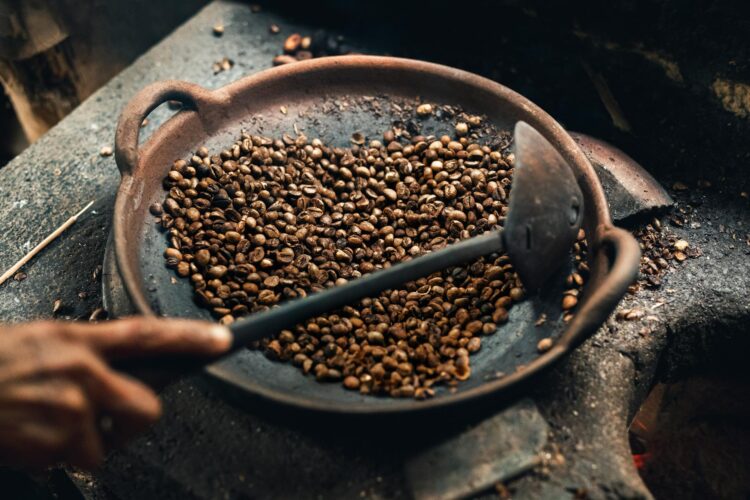Coffee beans, cocoa, and sugar – these are staples of our daily lives, yet they are also the heart of a thriving global marketplace. Commodity trading in these items, often seen as a distant world of high finance, is far more accessible than you might think. In fact, trading these popular products can be a profitable venture for individual beginners as well as professional brokerages. By understanding the mechanics of this market, you can uncover investment opportunities while steering clear of the common risks that bitter the sweet side of commodity trading.
What is commodity trading?
Commodity trading involves buying and selling raw materials or primary agricultural products. These include things like grains, energy resources, precious metals and crops like coffee, cocoa and sugar. As with any type of trading, the goal is simple: to profit from price fluctuations driven by supply and demand.
What are the risks and rewards?
Commodity trading can offer substantial rewards, but the risks are just as significant. As the value of goods can rise, enabling you to sell products and shares for more than you invested, the value can also fall, leaving you with a loss.
This type of trading can be highly lucrative when you correctly anticipate price movements, but you need to be able to ride out the unpredictable volatility of the markets. A sudden shift such can leave traders exposed, making this market challenging for those without sufficient knowledge and funds or a sound risk management strategy.
What impacts the price of coffee, cocoa and sugar?
Several factors influence the price of coffee, cocoa, and sugar.
Weather plays a critical role. A fungal disease known as coffee rust can devastate coffee plantations and send prices soaring as supply dwindles. Similarly, changes in weather patterns like drought or heavy rainfall can significantly reduce yields of coffee and cocoa.
Political instability in key producing countries can also push prices up or down. Cocoa production in West Africa, particularly in countries like Côte d’Ivoire and Ghana, can be heavily impacted by government policies, while Brazil’s political climate can influence the price of coffee beans. This is exacerbated by exchange rates: a weakening of the local currency in key producing nations can lower production costs, leading to a drop in prices on the global market.
Global consumer trends can also impact pricing. As consumption preferences change – like the growing love for dark chocolate or the rise of sugar alternatives – demand increases or decreases for these three traditional commodities.
How to start trading commodities
To begin trading commodities like coffee, cocoa, or sugar, you’ll need to establish an account with a reputable broker or platform that offers commodity futures.
Start by researching brokers and websites that provide access to major commodity exchanges and check their safety features before opening a trading account. You should be able to access detailed resources, secure your portfolio with private passwords and set stop loss orders that trigger the automatic sale of shares when they reach a certain value.
Before you dive in, it’s crucial to develop a sound strategy. This should involve educating yourself on the basics of trading, conducting technical analysis of historical price movements to forecast future trends, and fundamental analysis where you examine factors like weather patterns, political events and economic reports that affect supply and demand.
It’s wise to start small and monitor your positions carefully, staying prepared to adapt your strategy at any time as you gain more experience in order to mitigate risks and maximise rewards. You can consider exchange-traded funds (ETFs) or mutual funds for a more diversified approach to commodity trading that reduces your individual exposure to commodity volatility. This strategy can be a safer way for beginners to enter commodity trading.
